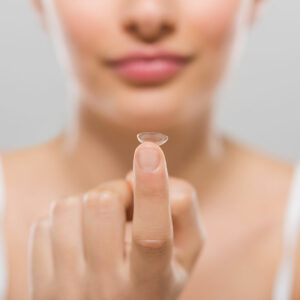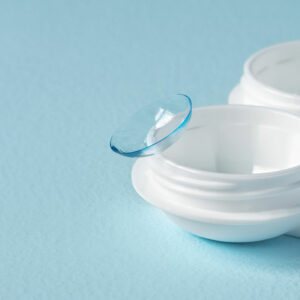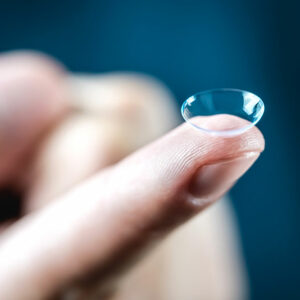
01
4 tips for picking the right health insurance
It might be a liability, but choosing the right health insurance is as essential as picking stocks on NASDAQ. A sound insurance covers more than just your medical bills. It secures peace of mind, for starters, and saves unnecessary money that you might spend unknowingly due to a poor insurance plan. Too much paperwork is no longer an excuse, with everything now available online involving minimal documents. The only hard part, then, is choosing what plan works best for you. While you can find the answer to that with a bit of legwork on the internet, we’ve simplified it for you in the form of four useful tips. Pick your marketplace Employed individuals usually get health insurance from their employer. If you’re one of them, there’s no need for you to do anything. However, if you aren’t covered by your employer or wish to switch to a different plan to the one offered by your employer, you can use the government insurance exchanges or marketplaces to shop for a plan. Most states have their marketplace, so decide whether you want to shop from there or the federal exchange. Check out the different plans Go through every plan in detail, whether you’re buying from the government exchange or a private player, and see if it offers better value than your current plan if you have one. HMO (Health Maintenance Organization), POS (Point of Service Plan), PPO (Preferred Provider Organization), and EPO (Exclusive Provider Organization) are the four types of plans you can choose from. HMO and POS both require referrals before visiting a specialist, although HMO is the cheapest of the lot. Compare costs and benefits Focus on everything and not just monthly premiums. Check out the amount of co-payment you’ll have to make and if there are any deductibles. The summary of the benefits section of any plan has this information.
Read More 










